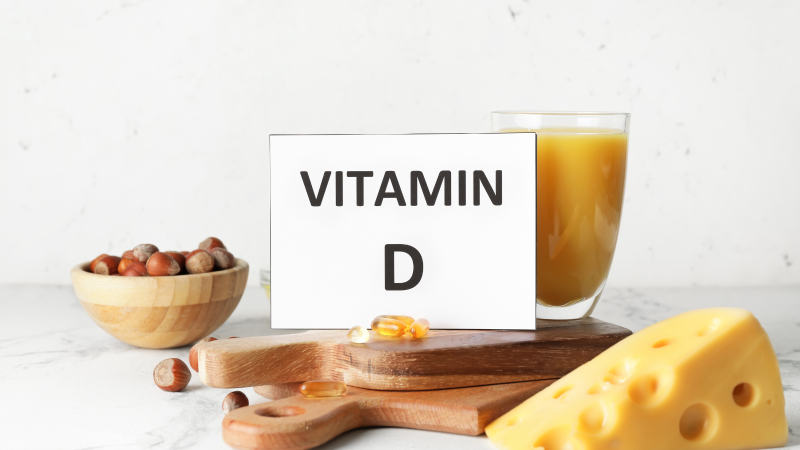-
Catalog
Recommended
 Skin Care Products
Skin Care ProductsStarting at₹99.99 -
Best Selling
- Offers
Understanding Vitamin D Deficiency

Vitamin D deficiency occurs when your body doesn’t have enough vitamin D to maintain healthy bones, immune function, and overall health. This condition is common and can have a range of causes, symptoms, and potential complications.
Causes of Vitamin D Deficiency:
-
Lack of sunlight exposure – especially in winter or in people who live in northern climates.
-
Darker skin – melanin reduces the skin’s ability to make vitamin D from sunlight.
-
Dietary insufficiency – not eating enough vitamin D-rich foods (e.g., fatty fish, fortified milk, eggs).
-
Obesity – vitamin D can be sequestered in fat cells.
-
Malabsorption – conditions like celiac disease, Crohn’s disease, or bariatric surgery.
-
Kidney or liver disease – these organs are involved in vitamin D metabolism.
-
Aging – older adults synthesise less vitamin D from sunlight.
Symptoms of Deficiency:
-
Fatigue
-
Bone pain or muscle weakness
-
Mood changes, including depression
-
Increased risk of infections
-
Slow wound healing
-
Hair loss
-
In severe cases: rickets in children or osteomalacia in adults
Diagnosis:
-
A blood test measuring 25-hydroxyvitamin D levels.
-
Deficiency: <20 ng/mL
-
Insufficiency: 20–30 ng/mL
-
Sufficiency: 30–50+ ng/mL (depending on guidelines)
-
Treatment:
-
Sun exposure: 10–30 minutes several times per week (depending on skin tone and season)
-
Dietary changes: Increase intake of vitamin D-rich foods
Prevention:
-
Regular, safe sun exposure
-
Eating fortified foods
-
Routine supplementation in at-risk groups (e.g., elderly, people with limited sun exposure)















Leave a comment